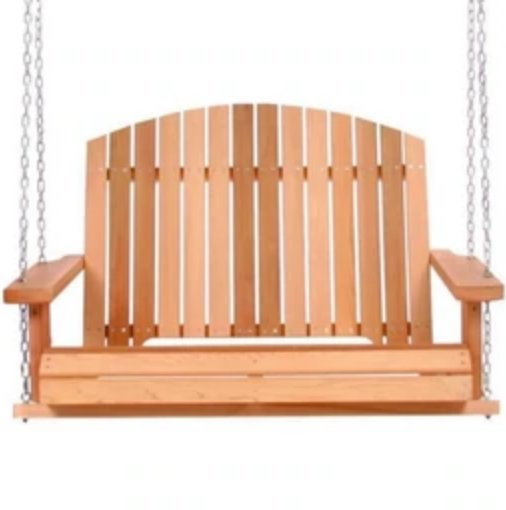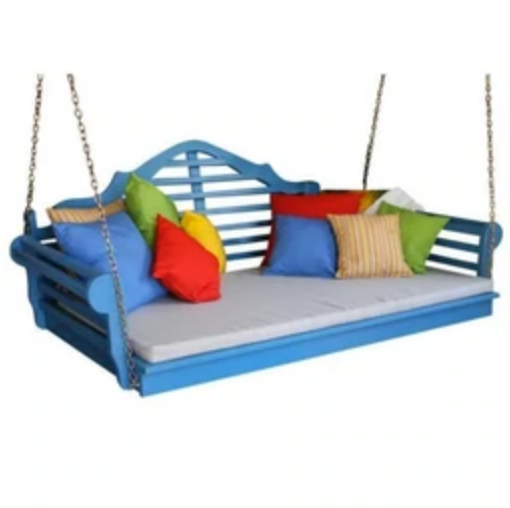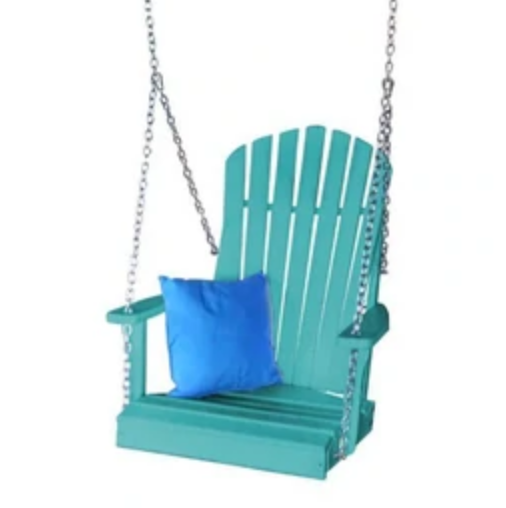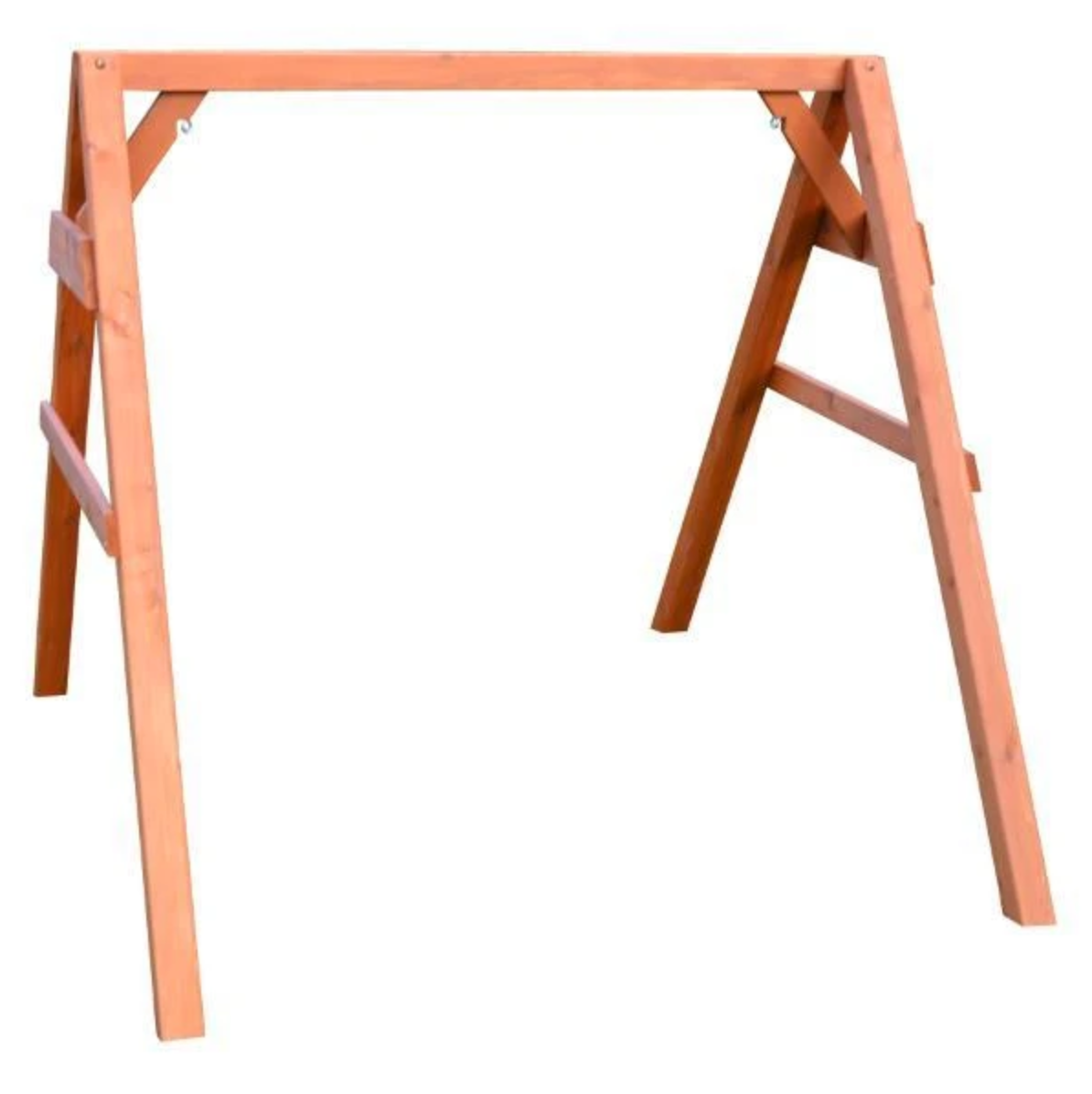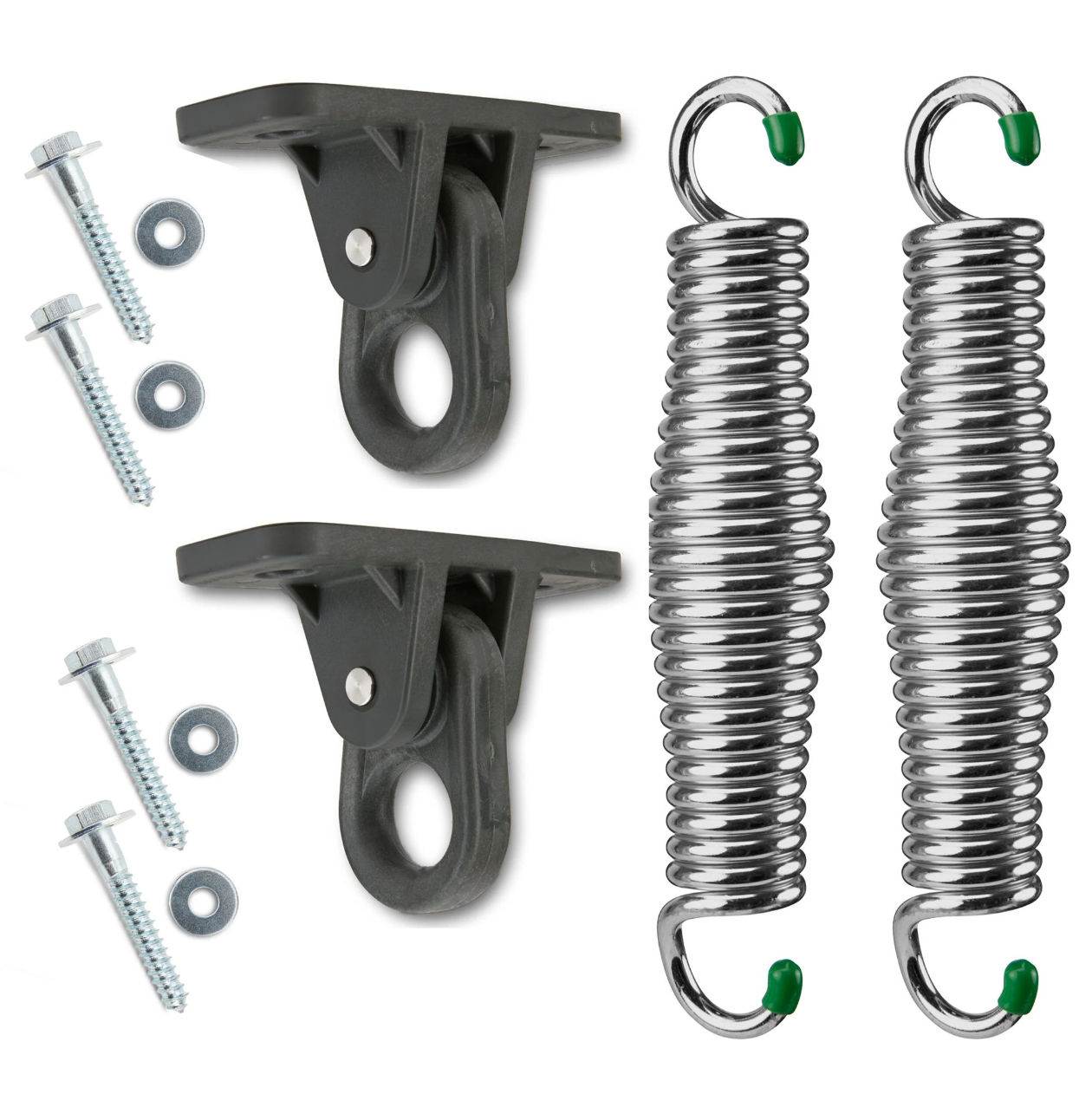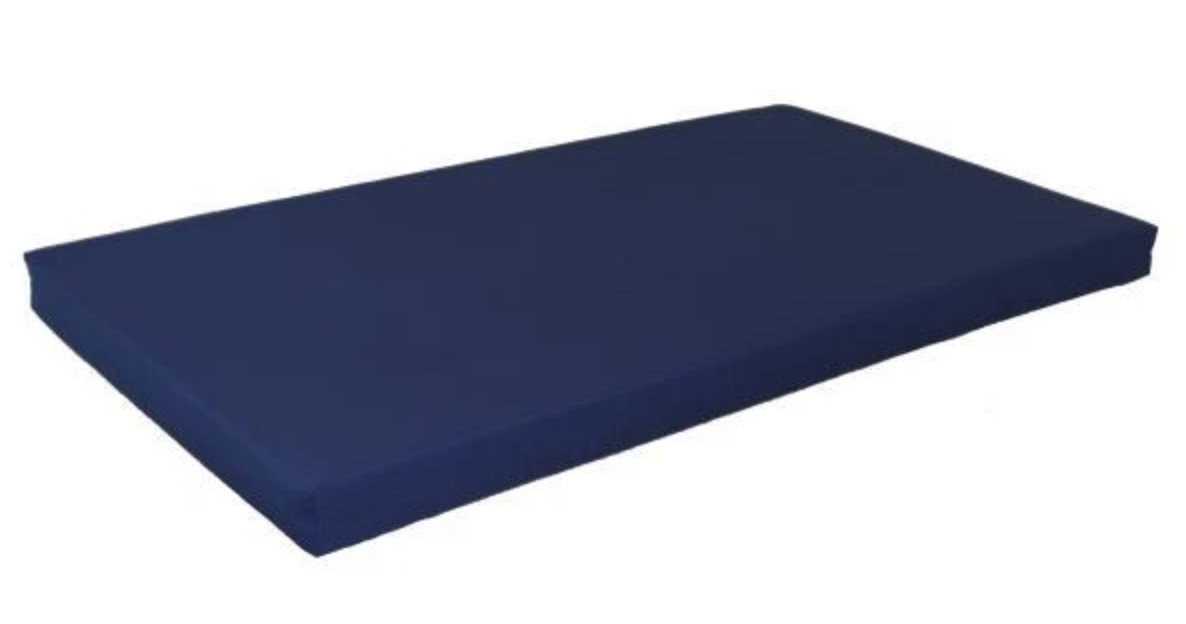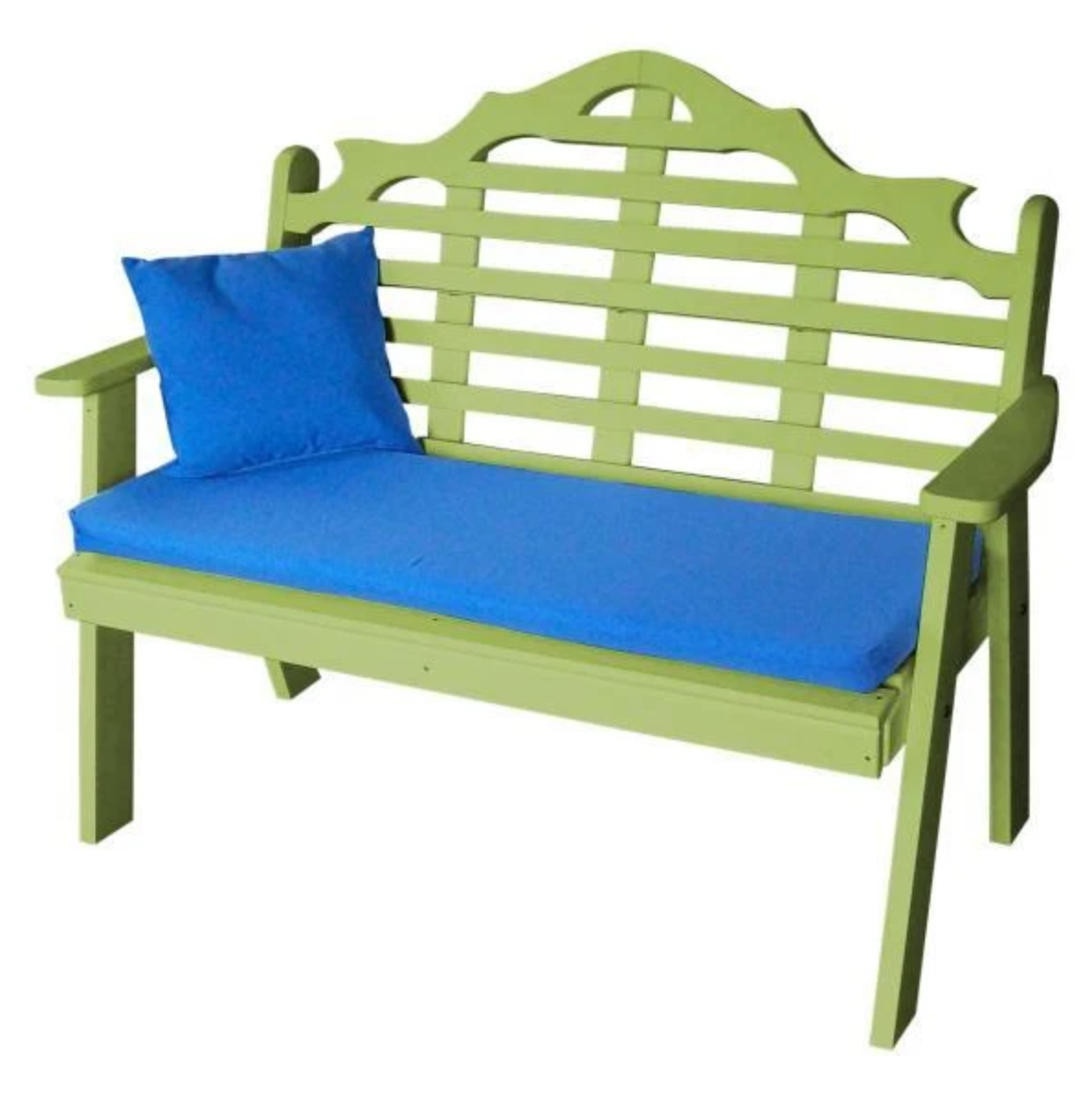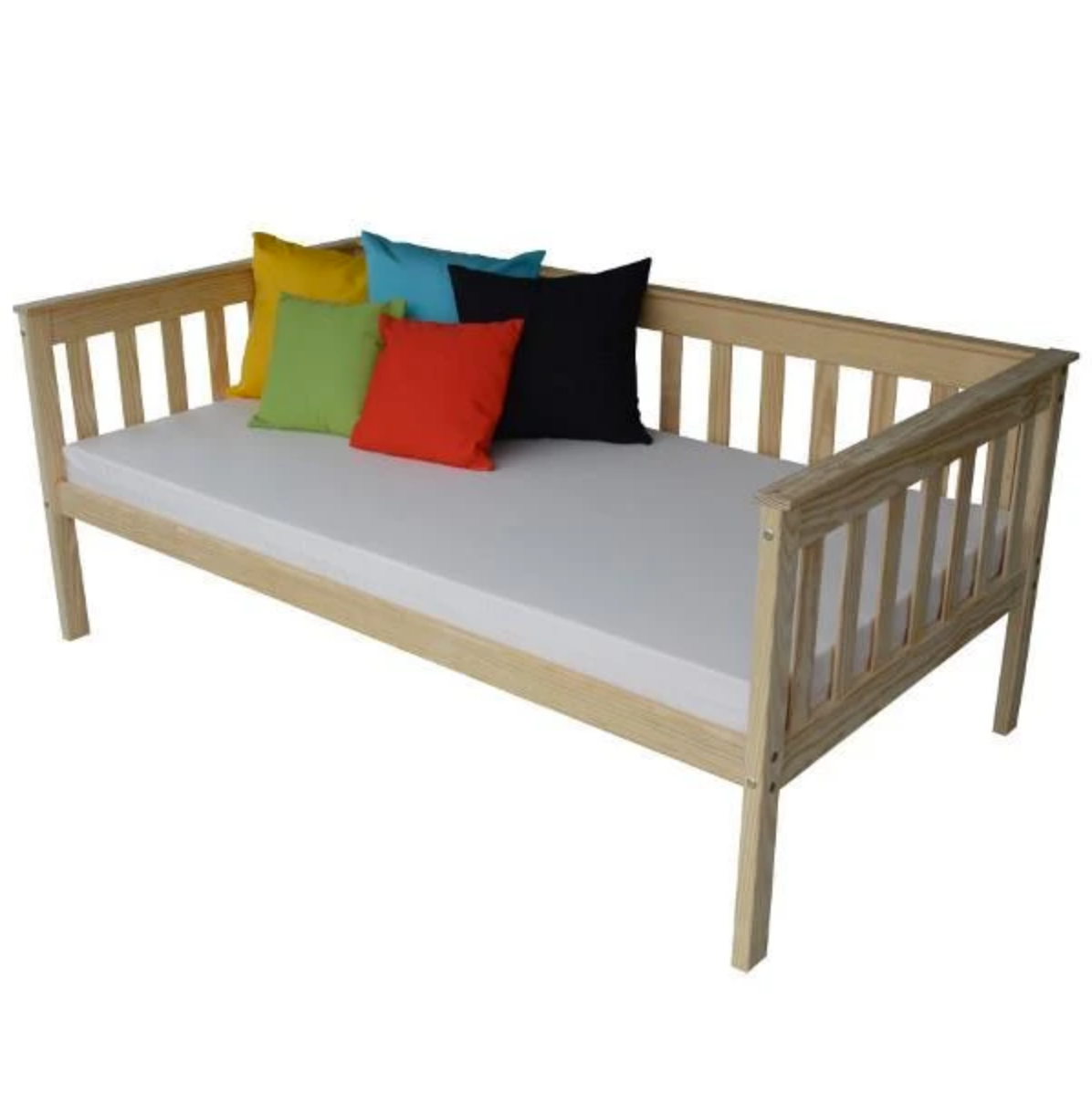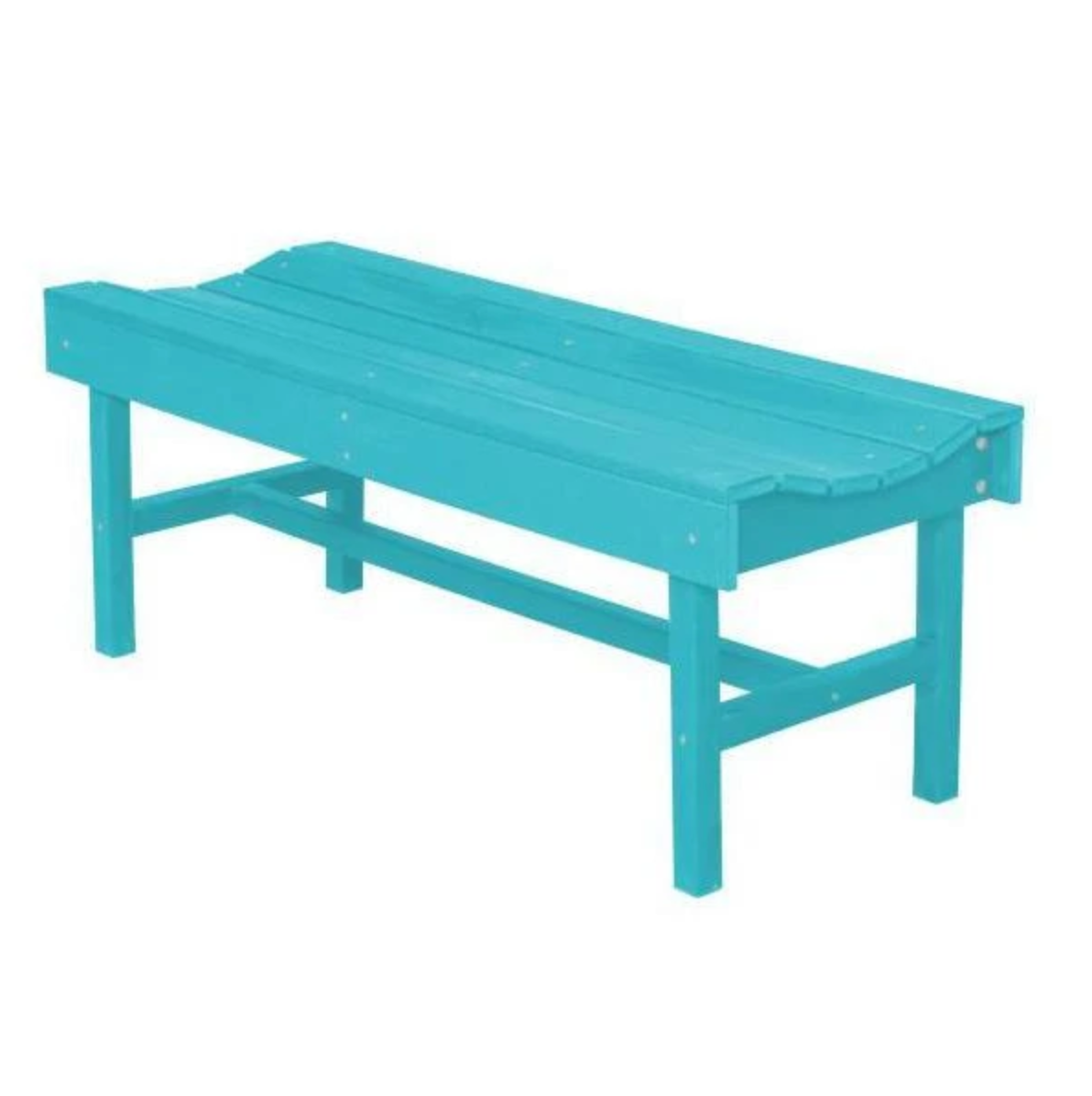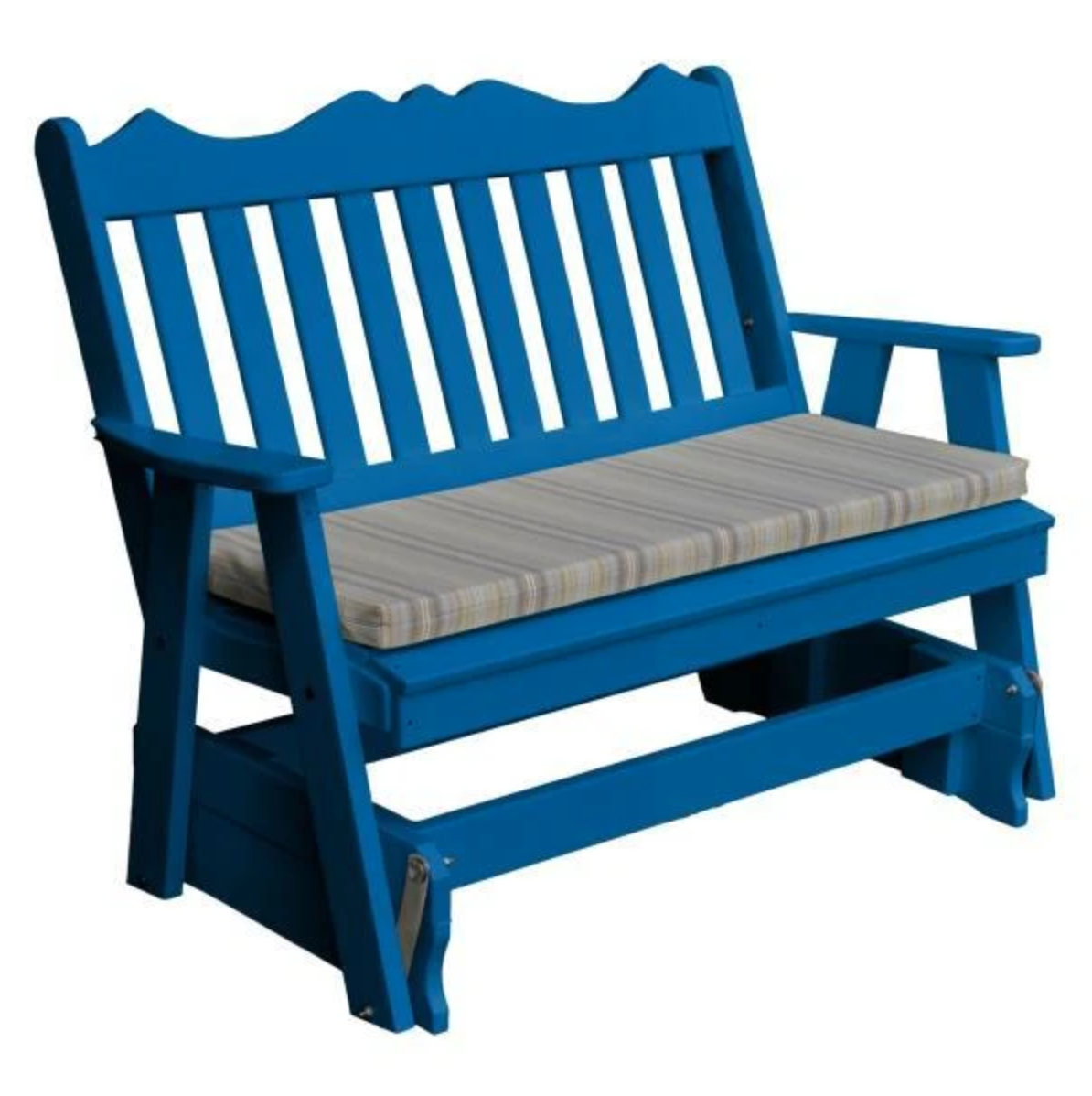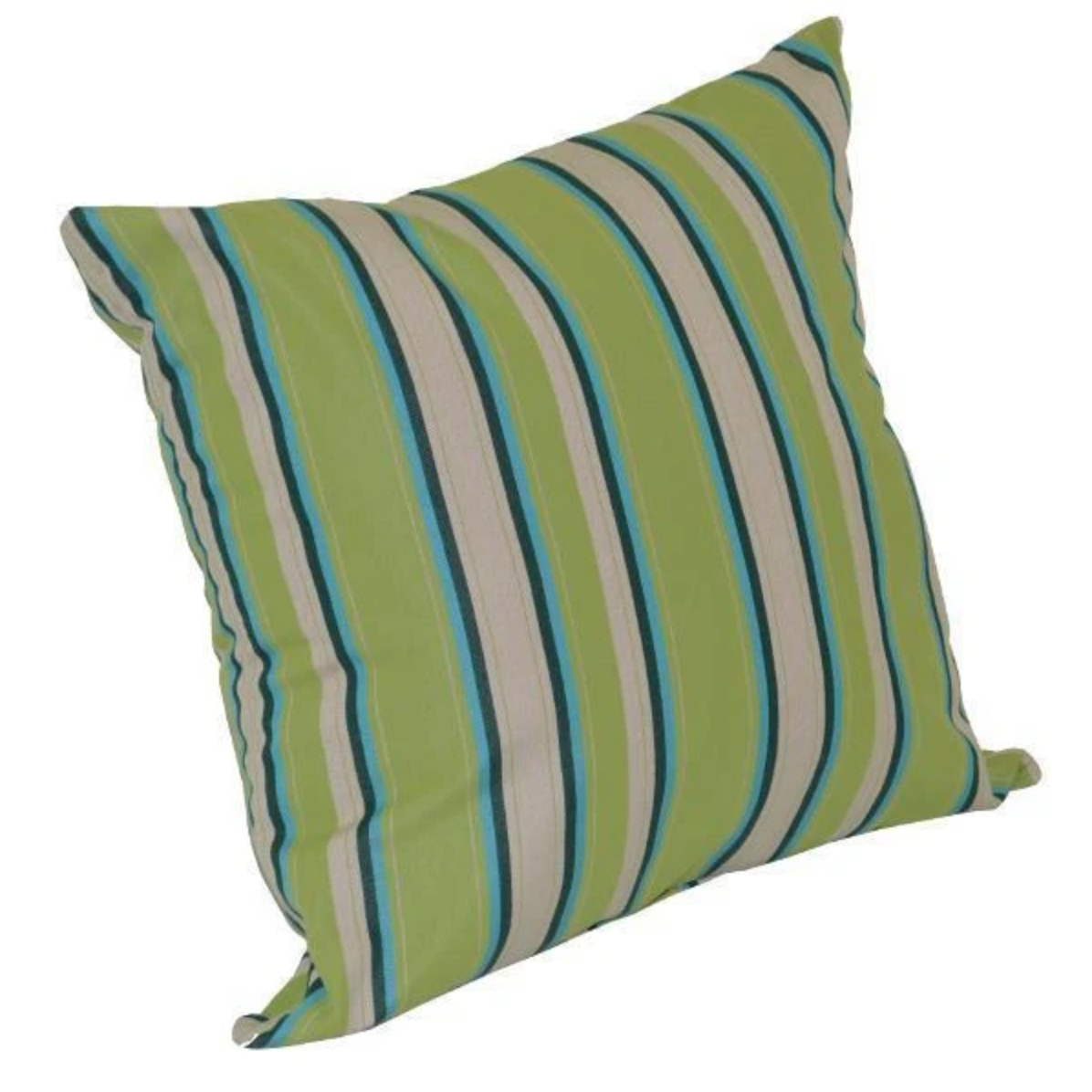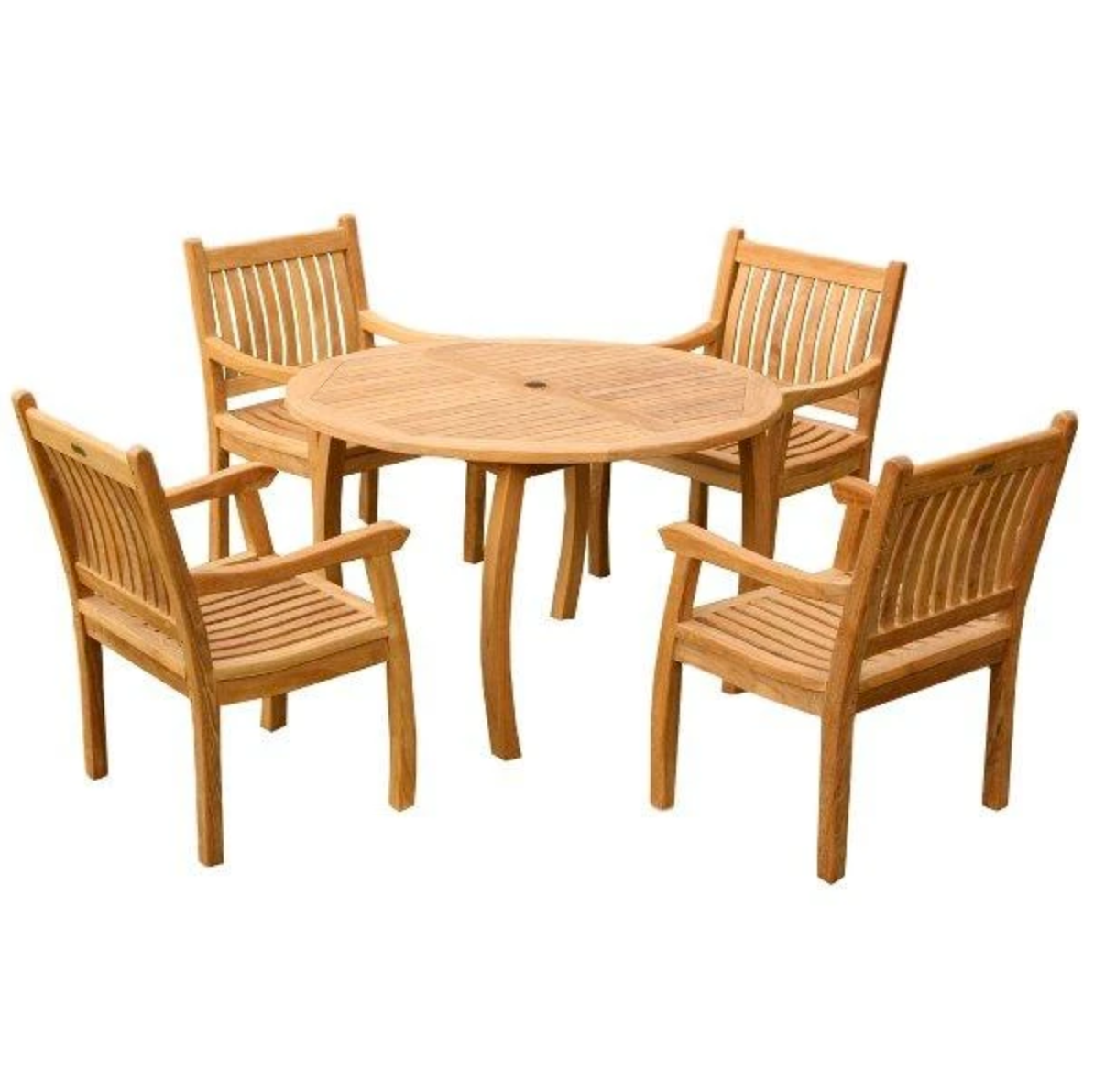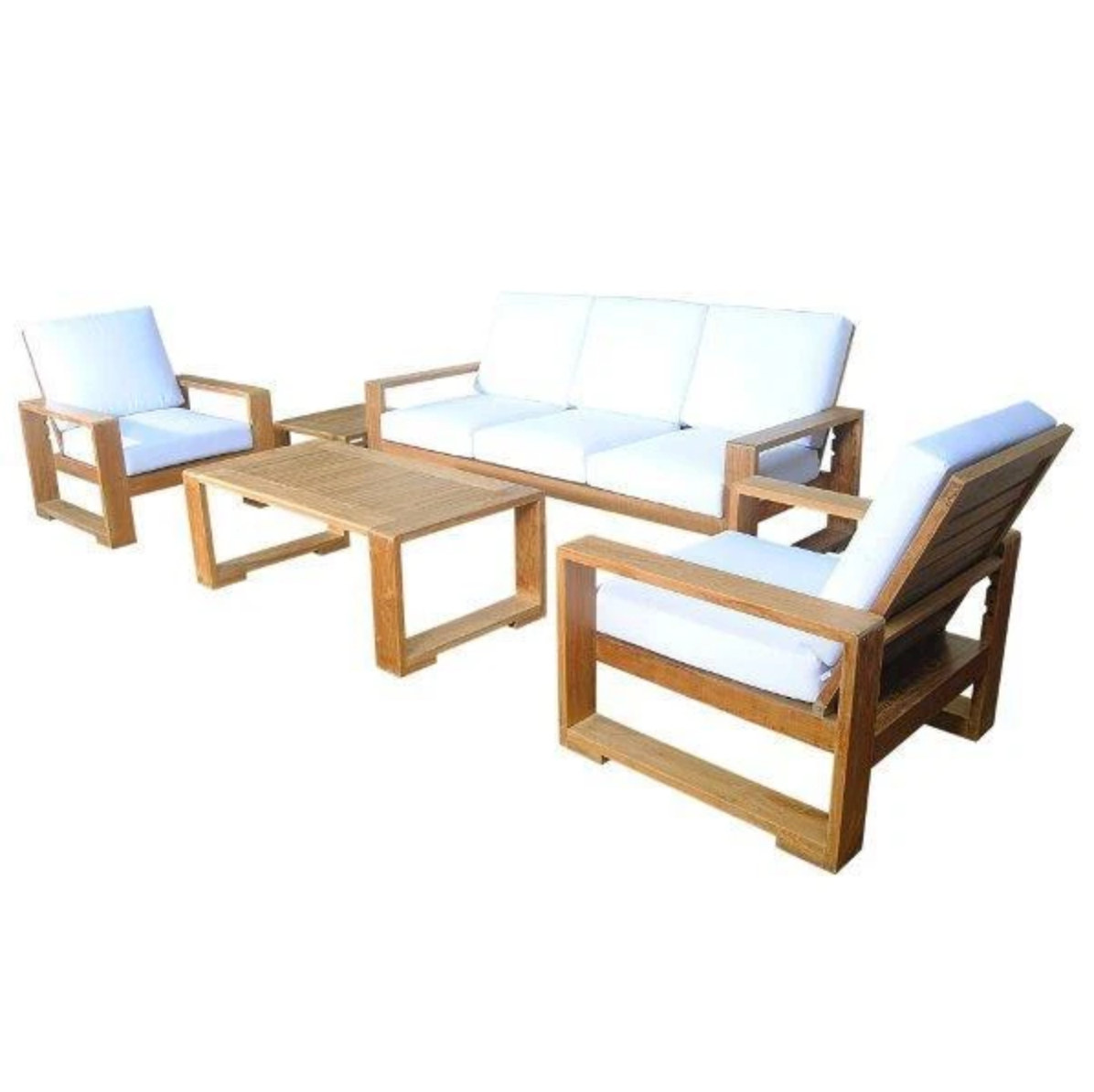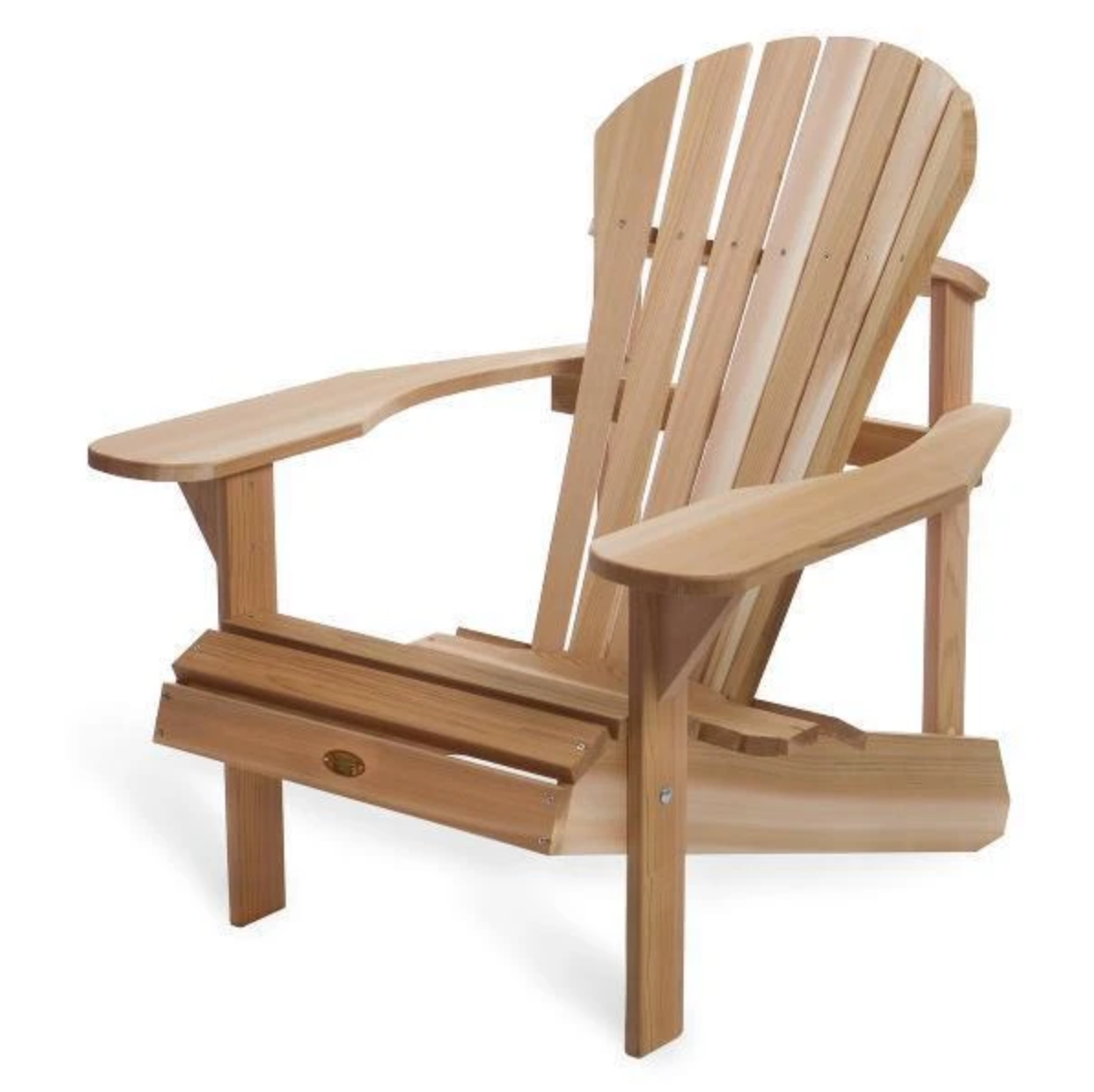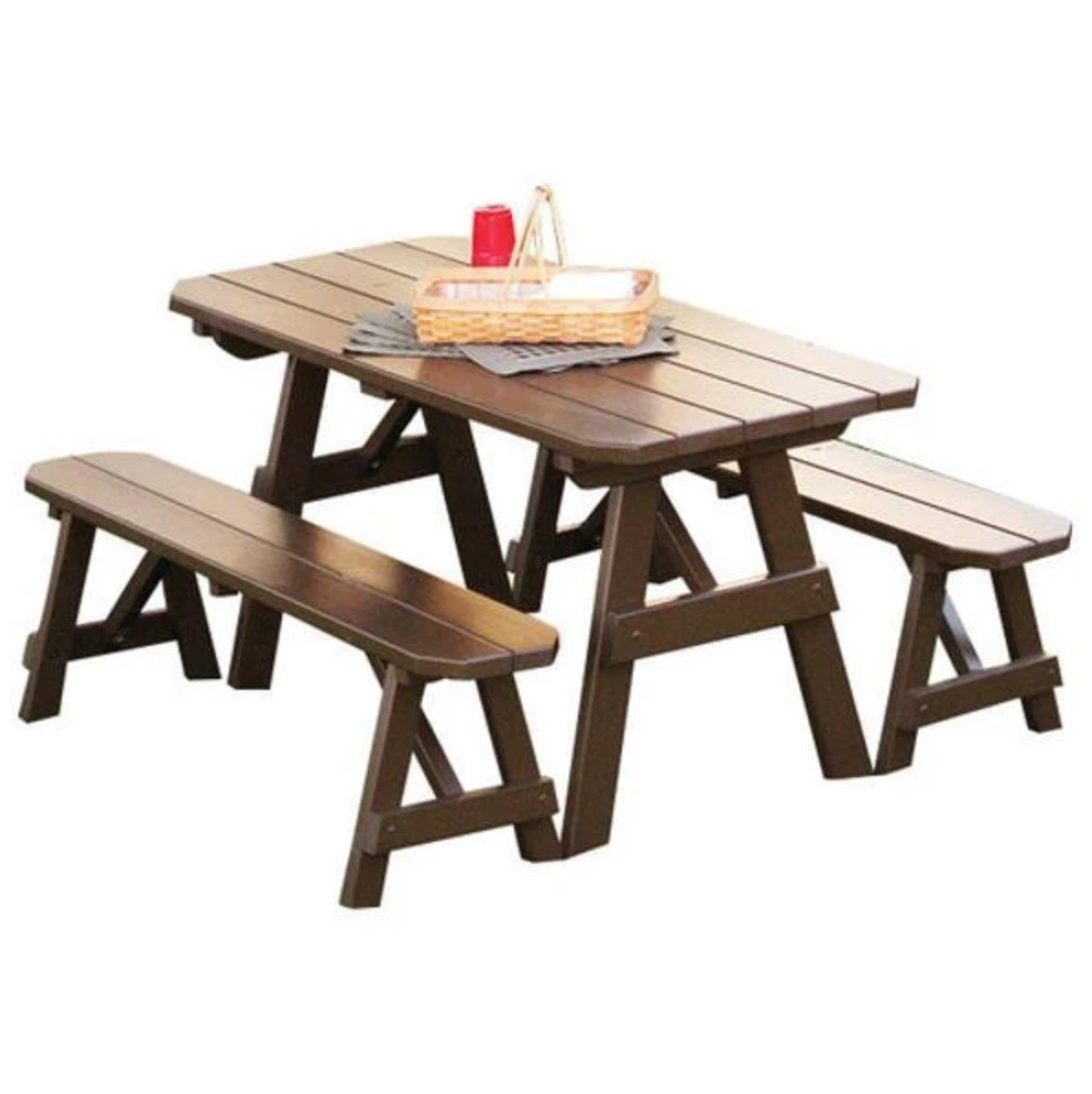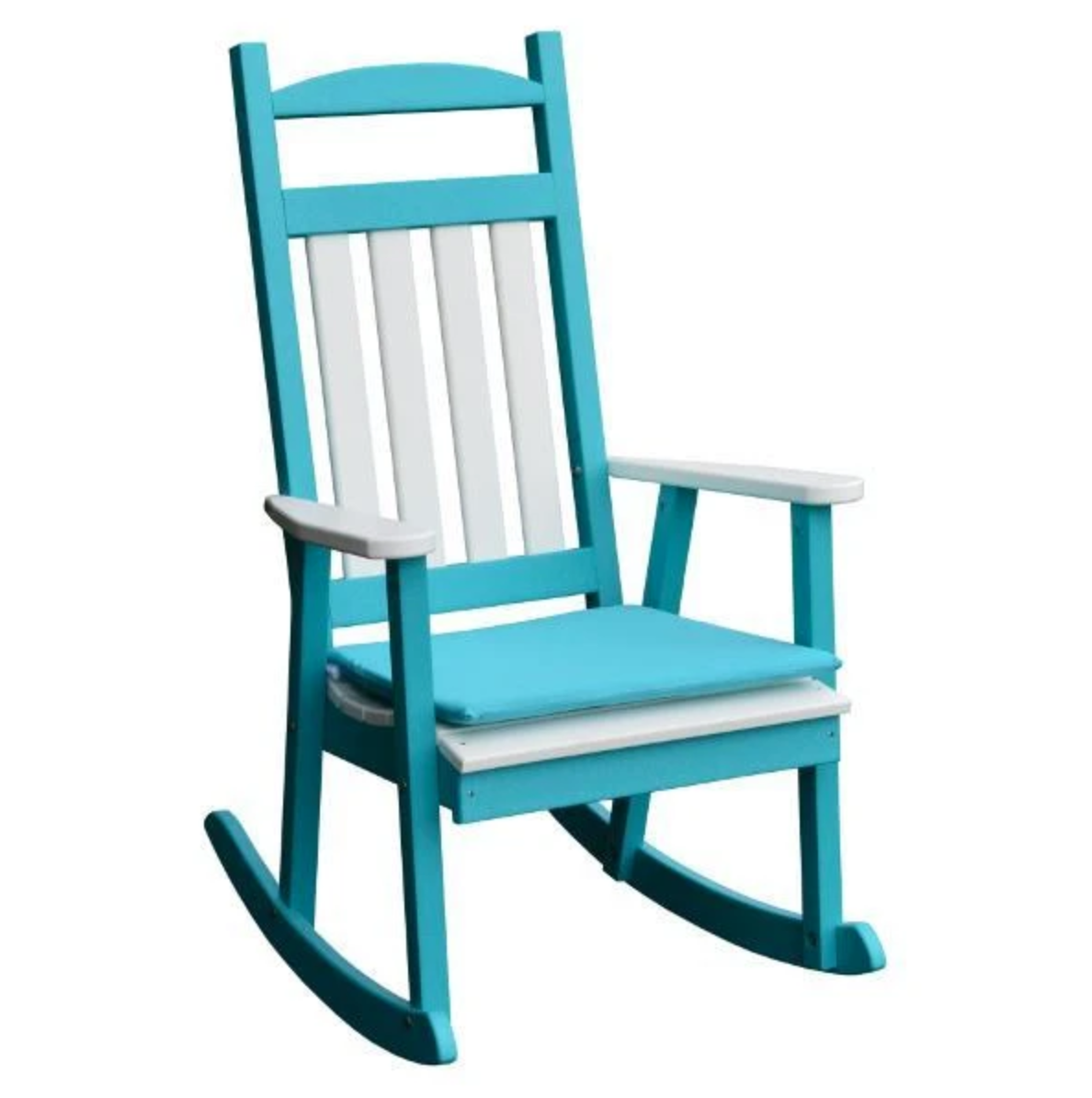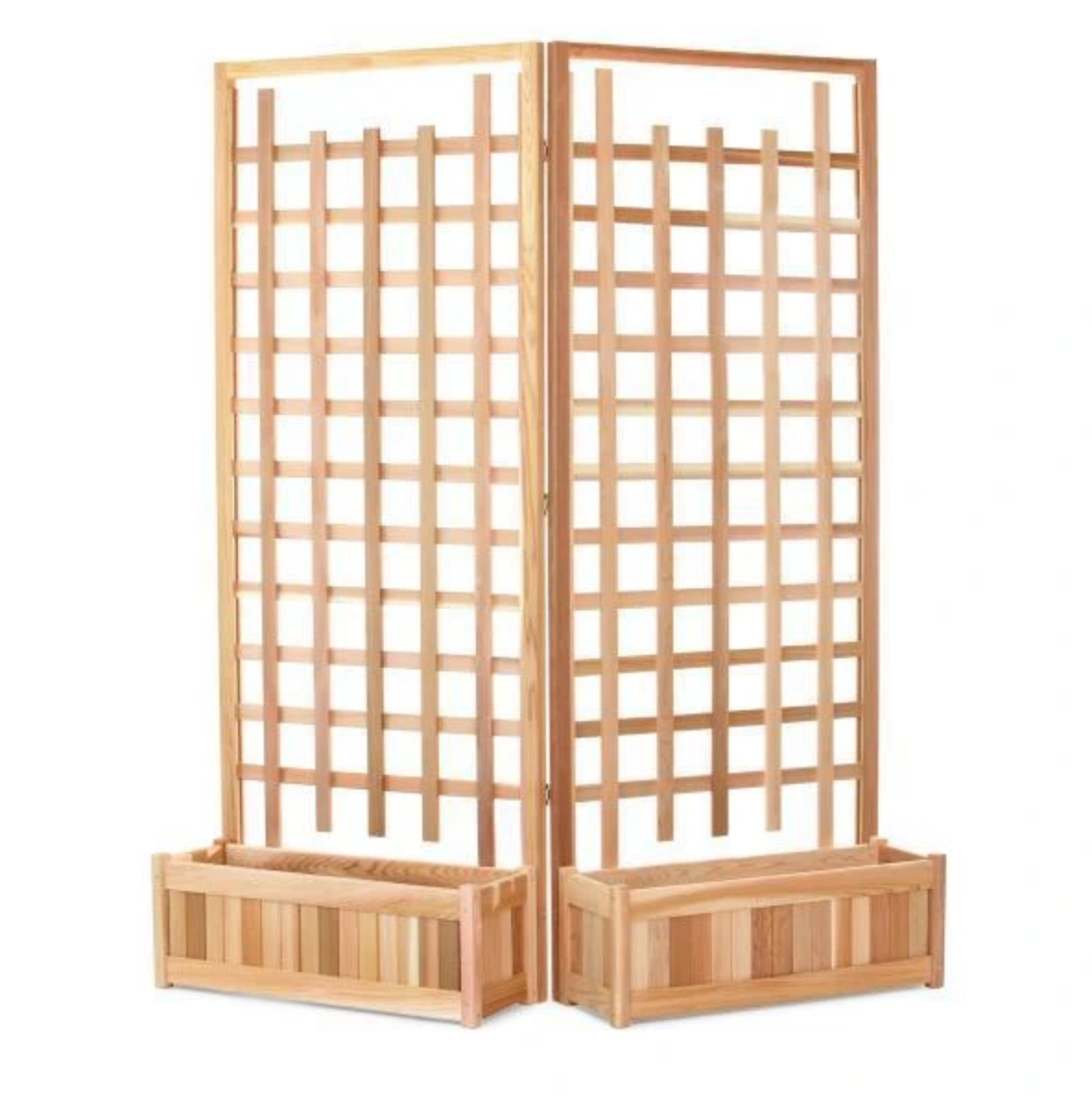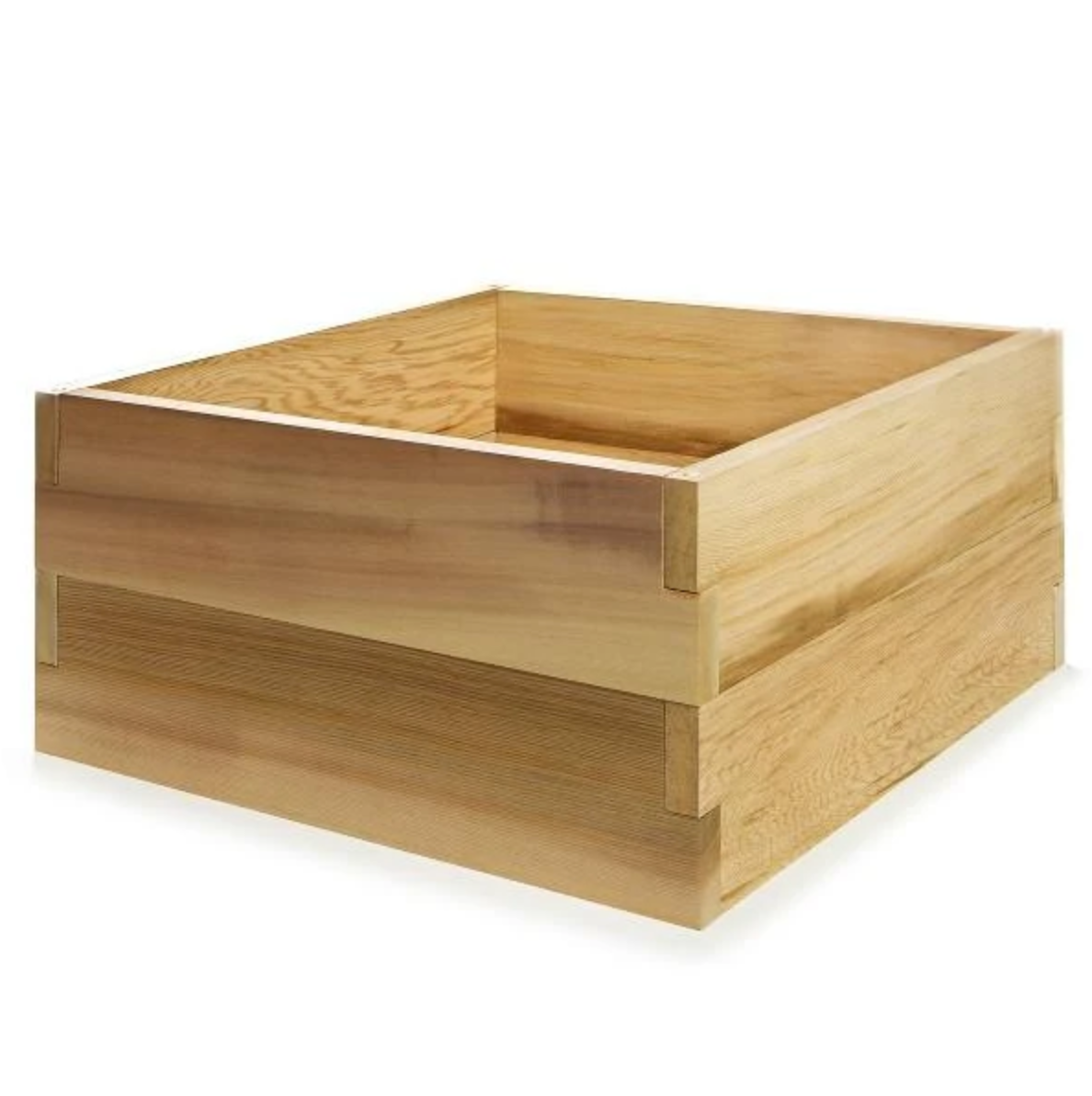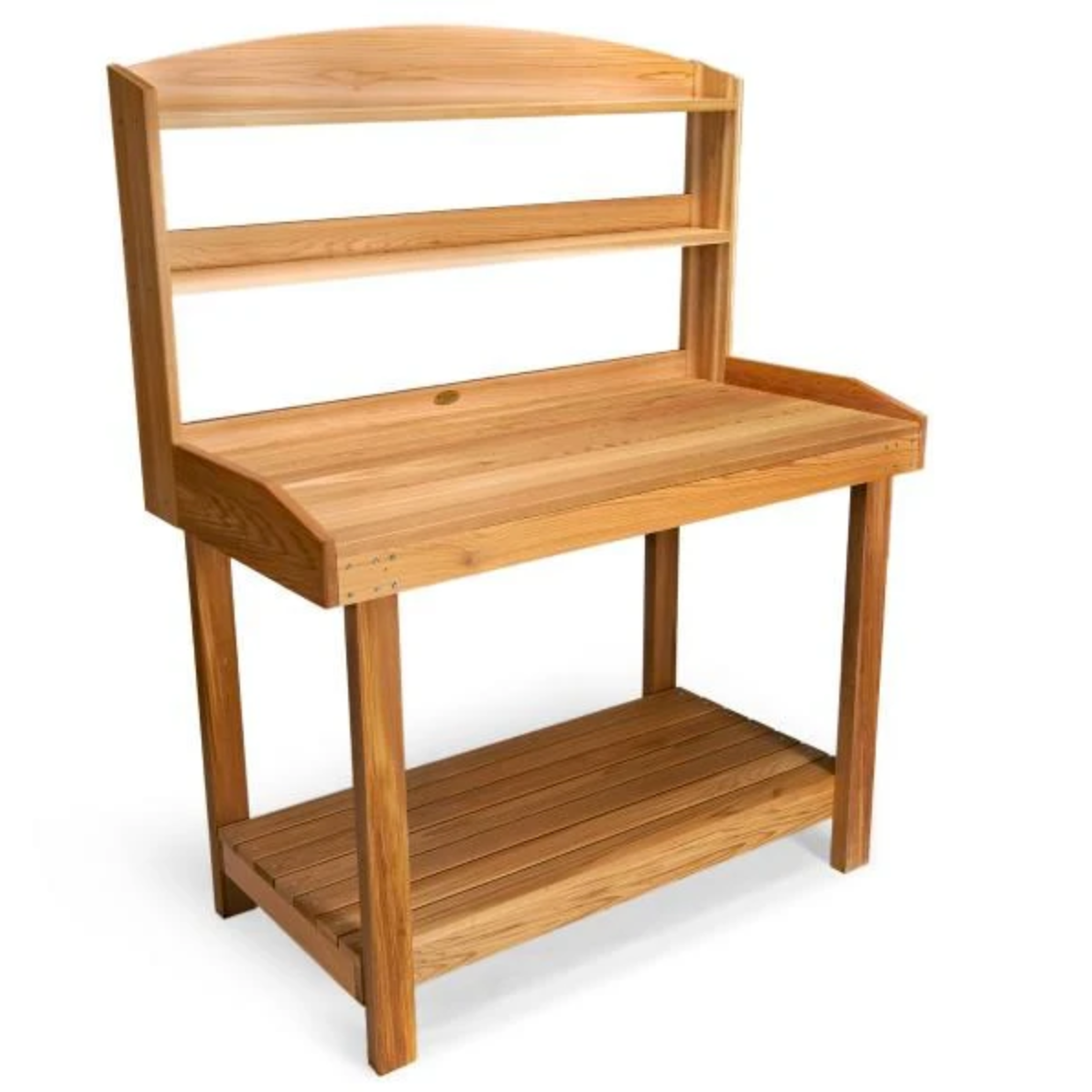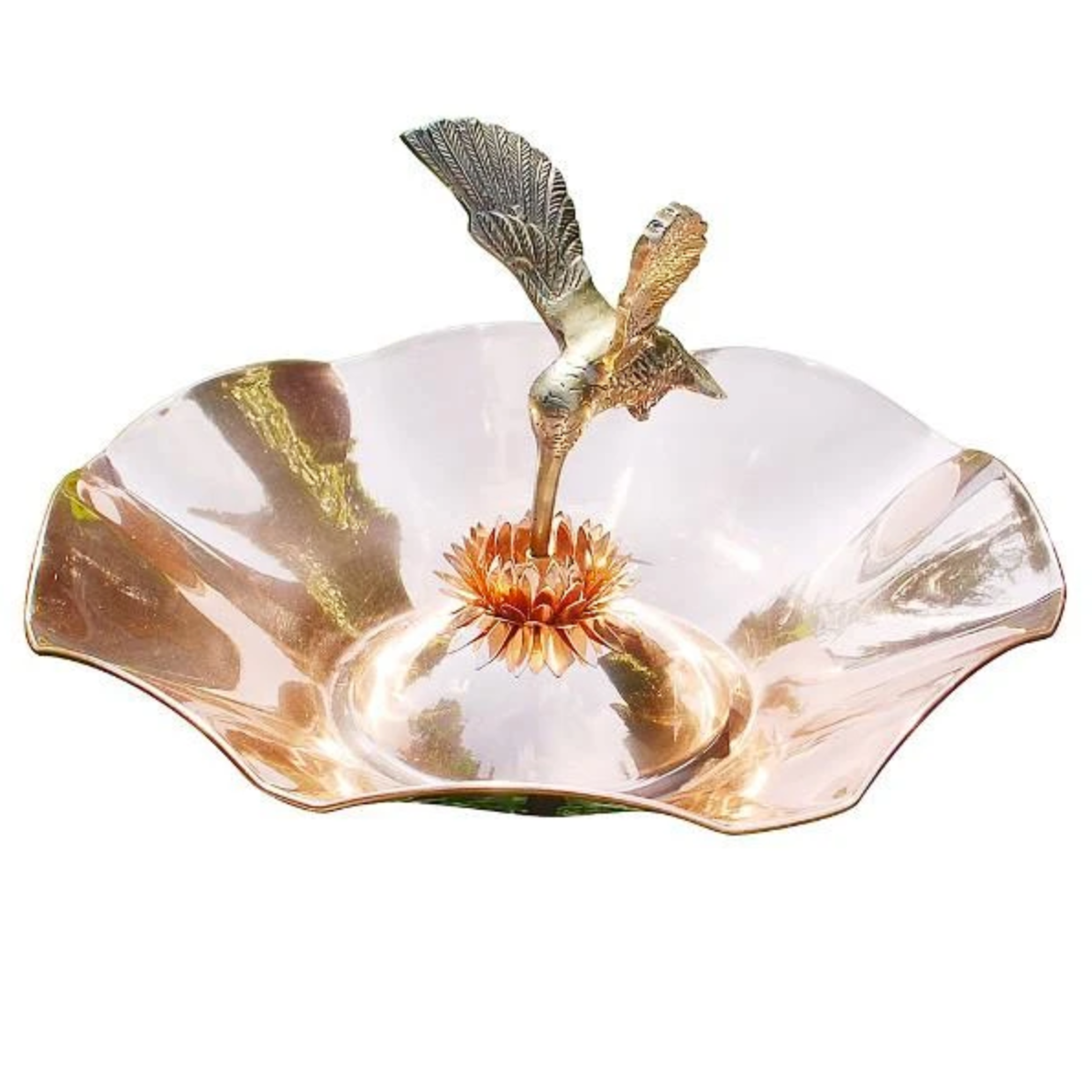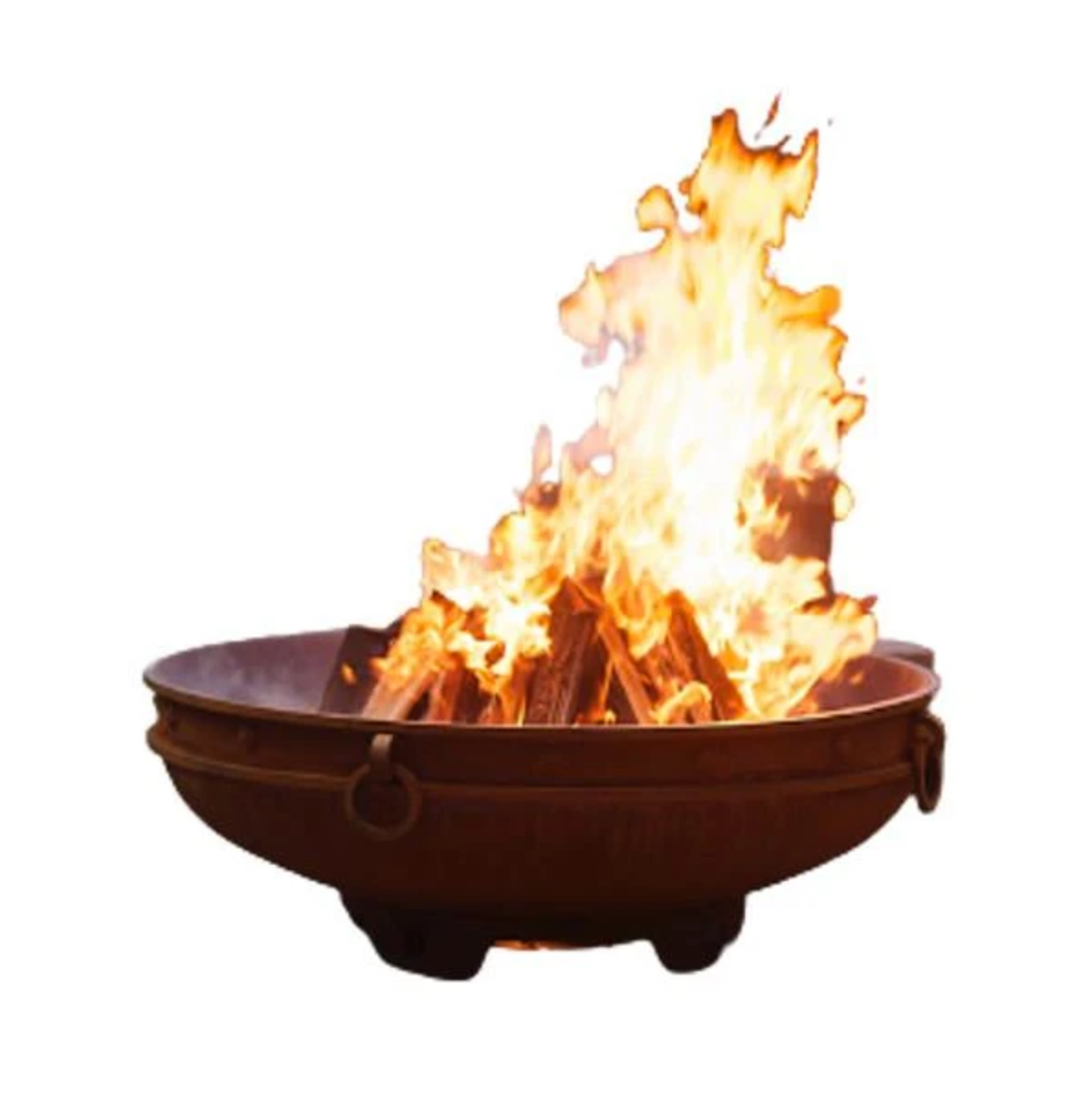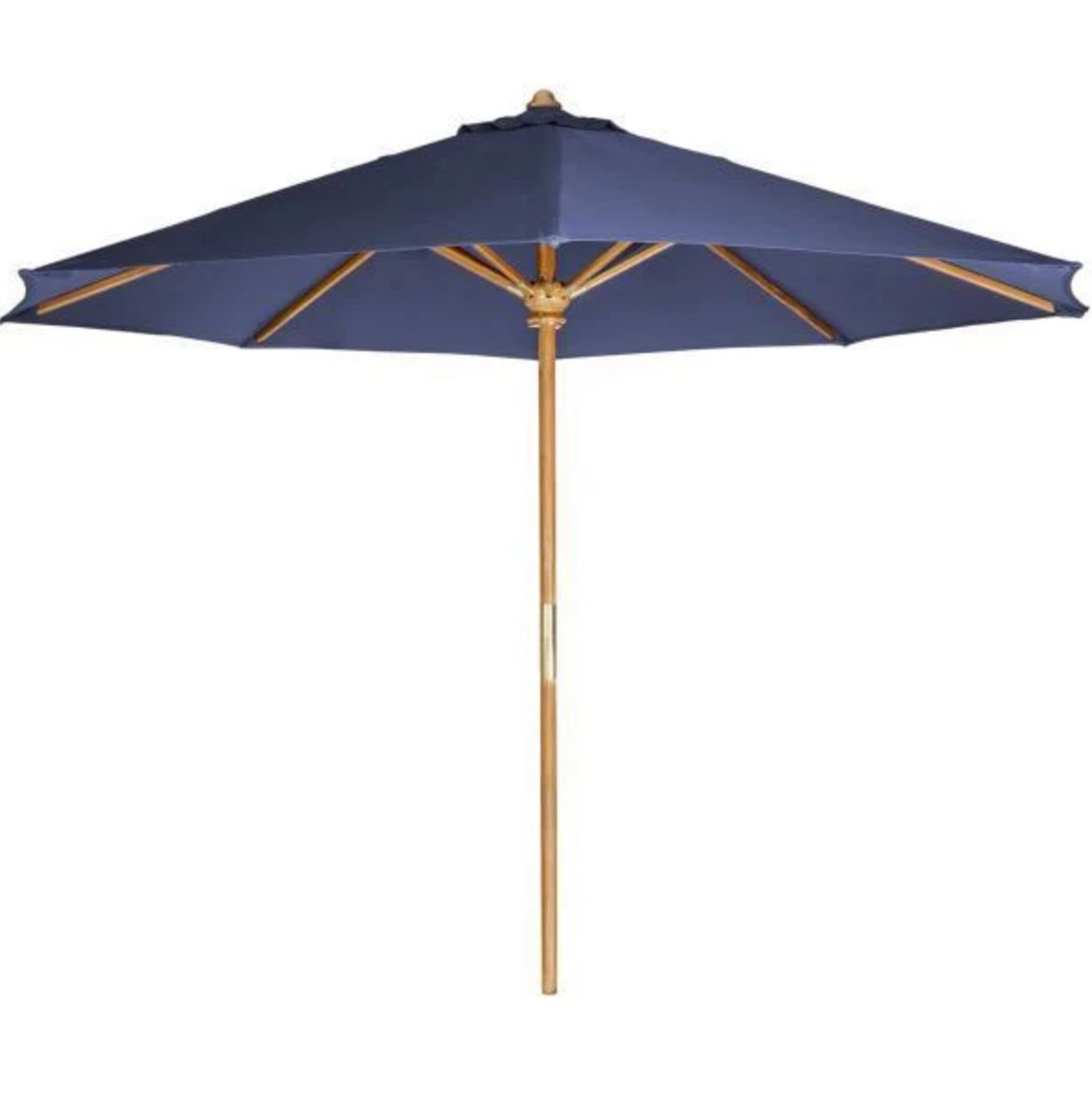Your Cart is Empty
FREE SHIPPING ON EVERY ORDER
Menu

FREE SHIPPING ON EVERY ORDER
Swings
Benches
Tables & Chairs
Home & Garden
Memorial Benches vs. Other Tributes: Finding the Perfect Remembrance
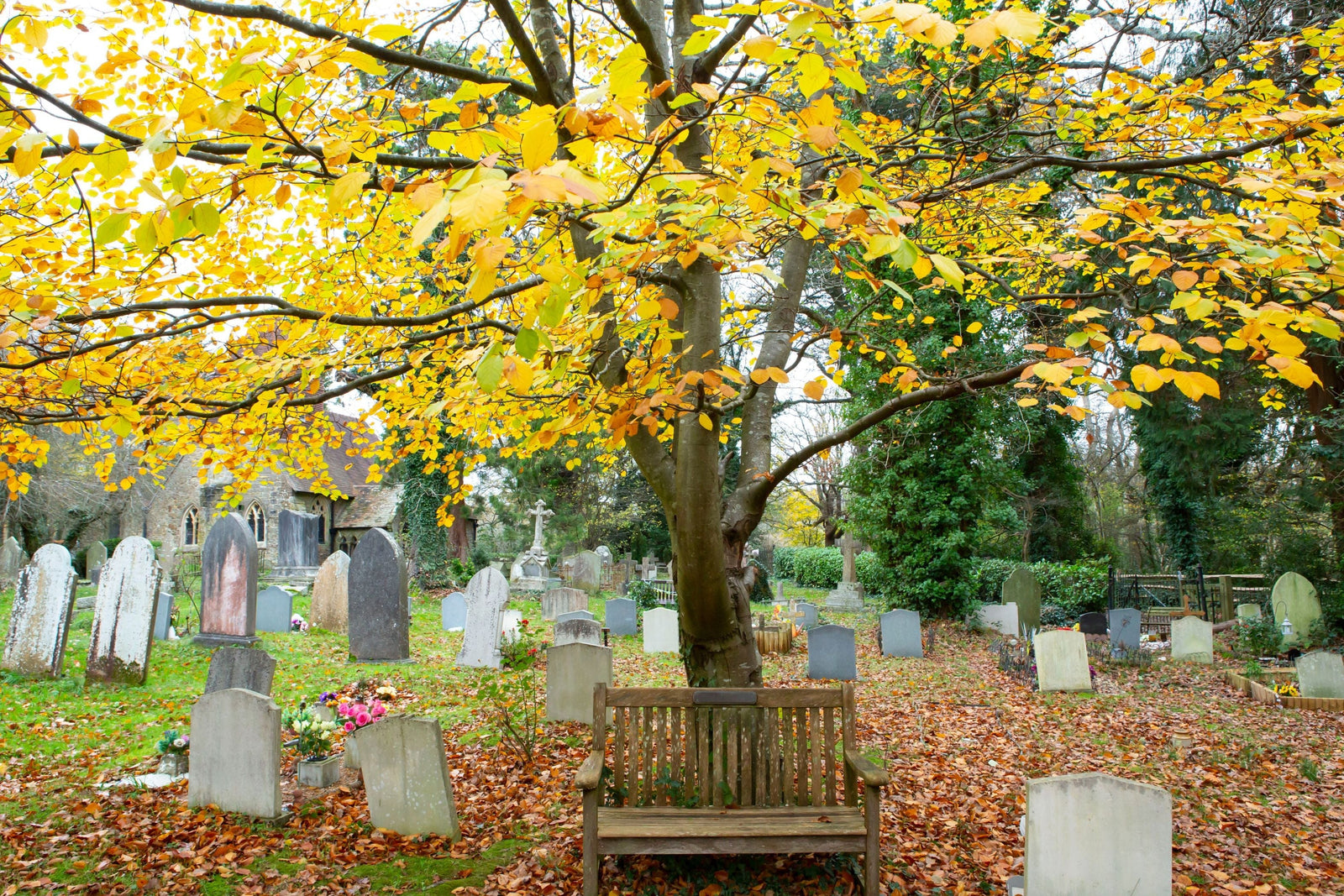
As a provider of enduring outdoor furniture, we frequently observe the thoughtful decisions families make, and increasingly, thegrave bench is emerging as a preferred choice for many seeking a blend of functionality, personal touch, and lasting remembrance.
The Taj Mahal, a tomb constructed by Shah Jahan in honor of his wife Mumtaz Mahal, is considered one of the priciest "gifts" ever given to someone who has passed away, with its cost estimated ataround $1 billion in today's currency. When the time comes to honor a loved one who has passed, families often face a myriad of choices for their final tribute.
From traditional grave markers to contemporary alternatives, each option carries its own unique set of emotional, practical, and financial considerations. This article will explore the distinct advantages and considerations of memorial benches in comparison to other common alternative memorials, helping you navigate the options for a meaningful tribute.

Memorial or Grave Bench vs. Headstone: Functionality Meets Commemoration
The most traditional form of cemetery memorial is undoubtedly the headstone. A headstone, typically a slab of granite or marble, primarily serves to identify the grave site and usually includes the deceased's name, dates of birth and death, and a brief epitaph. It is a static marker, a permanent fixture that grounds the memory to a specific location.
A memorial bench, however, offers a distinct advantage over a headstone: functionality. While a headstone marks a place, a grave bench invites interaction. It provides a comfortable space for visitors to sit, reflect, mourn, and remember.
This simple act of sitting can transform a brief visit into a more extended, contemplative experience, allowing for deeper processing of grief. For elderly visitors or those with mobility challenges, a bench offers much-needed comfort and rest at the gravesite, making visits more accessible and less strenuous.
Furthermore, a grave bench often provides a larger canvas for personalization than a traditional headstone. While a headstone's surface area for inscription is limited, a bench offers broader panels or plaques for names, dates, longer quotes, poems, or even intricate designs.
It allows for more extensive personalizing tributes, enabling families to capture a more complete essence of their loved one's personality, passions, or life philosophy. Some benches can even accommodate small shelves for flowers or mementos, further enhancing their interactive nature.

Cremation Bench vs. Urn: Integrated Remembrance Solutions
For those who choose cremation, the options for remembrance are even more diverse. While a traditional urn holds the ashes and can be kept at home, interred in a niche, or buried, acremation bench vs. urn offers a unique and integrated solution. Many modern memorial benchesare designed with hollow compartments or discreet chambers specifically for the secure placement of cremated remains.
This innovative approach combines the functionality of a seating area with the sacred purpose of a final resting place. Instead of a separate urn and a separate memorial marker, a cremation bench serves both roles seamlessly. It can be particularly appealing for families who desire a visible, accessible tribute in a cemetery, memorial garden, or even a private space, without the need for a traditional burial plot.
It allows for a dignified and permanent interment while also providing a communal space for reflection. The visible yet integrated nature of the ashes within the bench offers a constant, comforting presence, merging the physical remains with a functional and inviting memorial.
Other Alternative Memorials: Exploring Unique Remembrance Options
Beyond headstones and urns, a vast array ofalternative memorials exists, each catering to different preferences, budgets, and desires for remembrance. Theseunique remembrance options include:
- Memorial Trees and Gardens: Planting a tree or creating a small garden in memory of a loved one can be a beautiful, living tribute. It offers growth and renewal, symbolizing the continuation of life. However, maintenance can be a significant factor, and these tributes are susceptible to environmental conditions. They also don't provide a direct, comfortable seating area for reflection, unlike a bench.
- Donations in Their Name: Contributing to a charity, scholarship fund, or cause that was meaningful to the deceased is a powerful way to honor their legacy through action. While incredibly impactful, it lacks a tangible, physical focal point for visitation and direct remembrance.
- Engraved Bricks or Pavers: Often found in public parks or walkways, these offer a relatively low-cost way to create a permanent mark. However, they are typically small, allowing for minimal inscription, and do not provide a place to sit and reflect.
- Memory Walls or Plaques: Public spaces, community centers, or even churches might have dedicated walls for memorial plaques. These offer a collective space for remembrance, but again lack the interactive and functional elements that a bench typically provides.
- Memorial bench garden with Plaque:A serene memorial bench garden featuring a beautifully crafted plaque dedicated to the cherished memory of a loved one. The garden is designed as a tranquil space, surrounded by lush greenery and vibrant flowers, inviting visitors to sit and reflect. The bench, made of fine wood or steel, provides a comfortable spot to pause and remember the joyful moments shared. The plaque, tastefully engraved with a heartfelt inscription, serves as a lasting tribute, celebrating the life and legacy of the individual it honors. This garden not only offers a place for remembrance but also fosters a sense of peace and connection with nature.
- Personalized Jewelry or Art: These are intimate, portable tributes that offer superb comfort to individuals. While deeply personal, they are not public memorials and do not offer a shared space for multiple family members or friends to visit collectively.
- Virtual Memorials/Online Tributes: Websites or social media pages dedicated to a loved one enable the sharing of photos, stories, and messages from a wider network. These are highly accessible but lack a physical presence for in-person visitation and contemplation.
When considering agrave bench against these options, its key differentiators are its combined functionality (seating), permanence, capacity for personalization, and its ability to serve as a communal gathering point. It provides a tangible and inviting space for individuals and groups to connect with the memory of the deceased.

Comparative Memorial Costs: Investing in Lasting Remembrance
Thecomparative memorial costs vary significantly across all tribute types.
- Traditional Headstones: Prices can range widely based on material, size, complexity of carving, and installation. Simple flat markers might start from a few hundred dollars, while elaborate upright monuments can easily cost several thousand dollars.
- Urns: Basic urns can be affordable, starting from under $100, while custom, artistic, or specialized urns can cost thousands.
- Memorial Trees/Gardens: Costs can range from purchasing a sapling to establishing a full garden, potentially involving hundreds or thousands of dollars for planting and initial care. Ongoing maintenance might be separate.
- Engraved Bricks/Pavers: These are typically among the most economical physical tributes, often ranging from $50 to $300, depending on size and location.
Memorial benches represent a mid-to-high-range investment among physical tributes. The cost of agrave bench or awooden bench for memorial purposes depends heavily on several factors:
- Material: Granite and high-quality stone benches are typically the most expensive, offering unparalleled durability and longevity. Recycled plastic lumber (RPL) benches provide excellent durability and a more eco-friendly option at a mid-range price. Treatedwooden bench options, while classic, often require more maintenance over time. Steel benches on the other hand are durable and are sturdy.
- Size and Design: Larger, more intricate designs will naturally incur higher costs.
- Plaque/Engraving: The material (bronze, brass, stone), size, and complexity of the inscription significantly impact the price. Laser engraving on stone is often more costly than a simple affixed plaque.
- Installation: Professional installation, especially in a cemetery or public park, adds to the overall cost but ensures proper placement and stability.
- Location/Permits: Fees for placing a bench in a cemetery or public park vary by institution and municipality.
While a basicwooden bench might start around $500-$1000, a high-quality granite or recycled plastic memorial bench with a personalized plaque, installed in a cemetery, could range from $2,000 to $8,000 or more. While this is a significant investment, it often covers not just the bench itself but also the engraving, installation, and sometimes even a portion of future maintenance, providing a truly lasting and comprehensive memorial solution. The value lies in its multi-faceted utility and enduring presence.
Conclusion: Choosing the Right Tribute
The decision of how to commemorate a loved one is deeply personal, guided by individual preferences, cultural traditions, and practical considerations. While traditional options, such as headstones, serve an essential purpose,alternative memorials offer diverse ways to remember. Thegrave bench stands out for its unique blend of functionality, personal touch, and communal benefit.
Whether it's a sturdy granite bench offering a place of rest in a cemetery, a beautiful wooden bench inviting contemplation in a garden, or acremation bench seamlessly integrating a final resting place with a comforting seat, memorial benches provide a tangible, enduring tribute.
They offer a physical space for remembrance, a comfortable spot for reflection, and a lasting legacy that continues to serve and connect those who visit. In the intricate tapestry of remembrance, the memorial bench carves its own distinct and valuable niche, offering solace and an enduring invitation to sit, reflect, and remember.
For a more comprehensive look into the history, significance, and cultural impact of memorial benches, be sure to read our full guide, "A Complete Guide to Memorial Benches."
Also in News
US
United States
Dec 17, 2025 14:41
Product Tag :
Product Collection :
×
